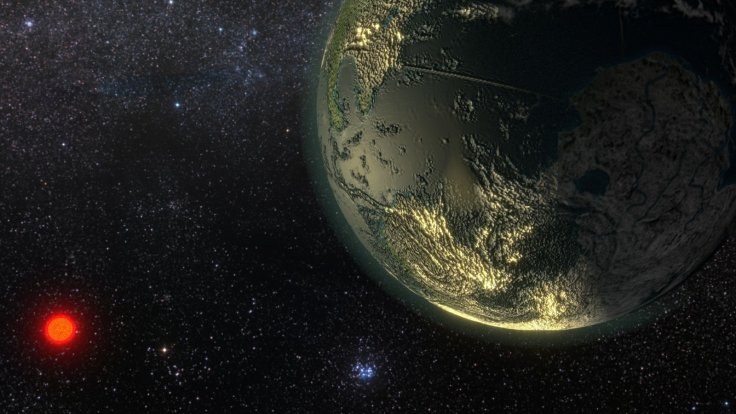
A team of US researchers has developed one of the world's most advanced camera exclusively dedicated to searching alien life in other planets. The camera which is being named 'Darkness' with the help of superconductor detectors, will trace lights from distant worlds, thus helping scientists to locate life harboured in outer space.
Ben Mazin, from the University of California, Santa Barbara is the think tank behind developing this camera. This is not the first time that semiconductor sensors are being in cameras looking for alien life. But, these cameras have a drawback that it often fails to track faint objects, which are located very far from earth. Ben Mazin and his team believe that this new camera is capable of overcoming this drawback.
This new camera makes use of a technology referred to as microwave kinetic inductance detectors. This advanced technology is capable of working at shallow temperatures as low as a tenth of a degree above absolute zero.
The superconductor which is made up of platinum silicide functions as an inductor in this camera. It also acts as an electric component that tends to store energy in a magnetic field and works in tandem with a capacitor that can store heat in the form of an electrical field.
With its high sensitivity, the 10,000-pixel camera helps to spot stars in the deep distance of space by capturing the light they emit.
Previously, planet hunters like Kepler have spotted n-number of exoplanets which may harbor alien life. The Kepler telescope used transit technique to spot distant planets. Using this technique, researchers analyzed the dip in the brightness of the star when a planet goes by it, and thus they spotted probable alien planets.
However, Ben Mazin revealed that the direct imaging technique used in 'Darkness' is the most advanced process which may help researchers to find exoplanets that may be home to extraterrestrial beings.









